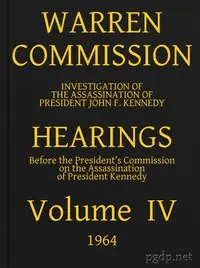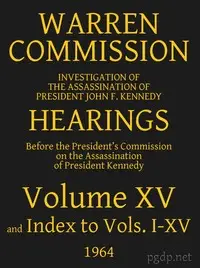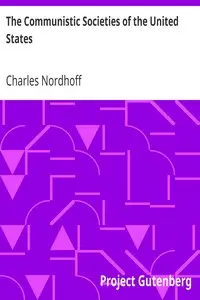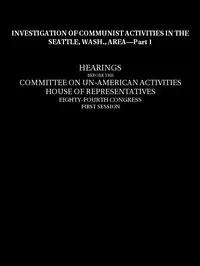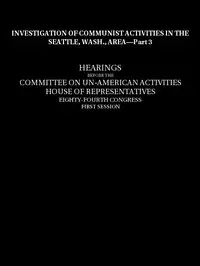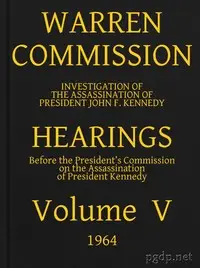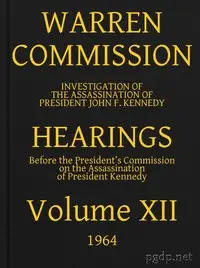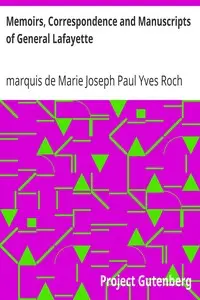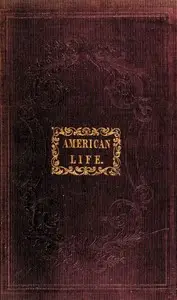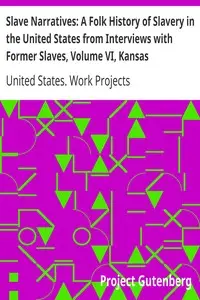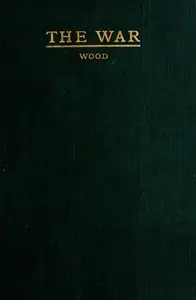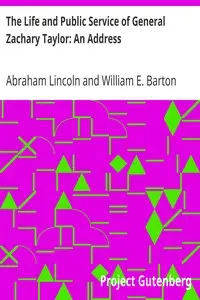"Investigation of Communist Activities in the Seattle, Wash., Area, Hearings, Part 2" is a record of a tense standoff between a government committee and witnesses suspected of communist ties during the Cold War. It shows a congressional committee questioning people like Robert Krahl and Robert Miller about potential Communist Party links in Seattle during two days in March 1955. The hearings reveal the pressure individuals faced when questioned about their political affiliations, with witnesses frequently using their Fifth Amendment rights against self-incrimination. The hearings spotlight political dynamics within American society, showcasing the conflict between individual freedoms and national security concerns in an era of intense anti-communist sentiment.
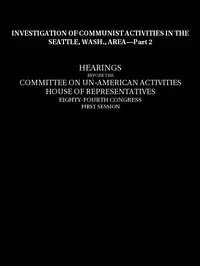
Investigation of Communist activities in Seattle, Wash., Area, Hearings, Part 2
By United States. Congress. House. Committee on Un-American Activities
In a time of national paranoia, witnesses squirm and secrets hide as a government committee hunts for communists in the heart of Seattle.
Summary
About the AuthorThe House Committee on Un-American Activities (HCUA), popularly the House Un-American Activities Committee (HUAC), was an investigative committee of the United States House of Representatives, created in 1938 to investigate alleged disloyalty and subversive activities on the part of private citizens, public employees, and those organizations suspected of having fascist and communist ties. It became a standing (permanent) committee in 1946, and from 1969 onwards it was known as the House Committee on Internal Security. When the House abolished the committee in 1975, its functions were transferred to the House Judiciary Committee.
The House Committee on Un-American Activities (HCUA), popularly the House Un-American Activities Committee (HUAC), was an investigative committee of the United States House of Representatives, created in 1938 to investigate alleged disloyalty and subversive activities on the part of private citizens, public employees, and those organizations suspected of having fascist and communist ties. It became a standing (permanent) committee in 1946, and from 1969 onwards it was known as the House Committee on Internal Security. When the House abolished the committee in 1975, its functions were transferred to the House Judiciary Committee.

